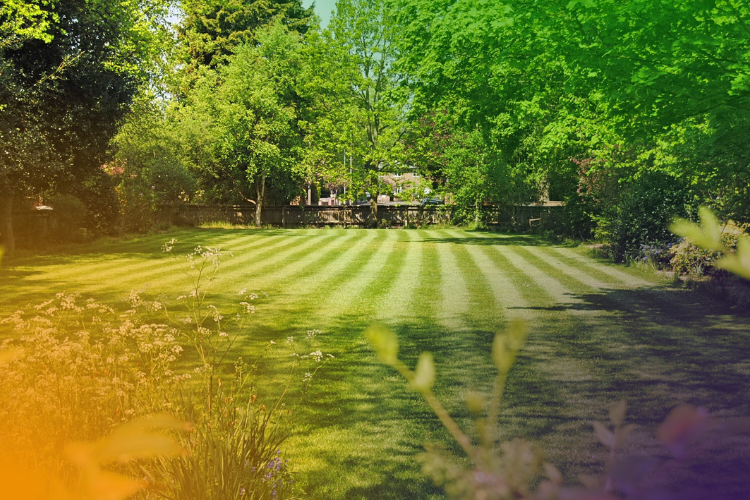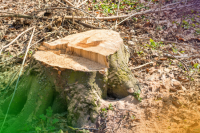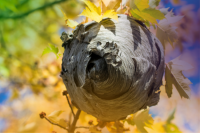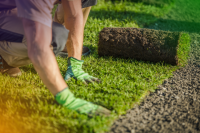Aerating your lawn in the UK is an important maintenance practice that helps improve soil health, drainage, and the overall health of your grass. Here's a step-by-step guide on how to aerate your lawn:
-
Choose the right time: The best time to aerate your lawn in the UK is during the spring or autumn when the grass is actively growing. Avoid aerating during periods of drought or frost.
-
Prepare the lawn: Before aerating, mow your lawn to a shorter height than usual. This will make it easier for the aerating equipment to penetrate the soil.
-
Select the aerating method: There are two common methods for aerating a lawn: spike aerators and core aerators.
-
Spike aerators: These tools create holes in the soil by puncturing it with solid spikes. While they are easier to use and more affordable, they can cause compaction around the holes.
-
Core aerators: These machines remove small plugs or cores of soil from the lawn, creating channels for air, water, and nutrients to penetrate. Core aerators are more effective at relieving soil compaction.
-
-
Aerate the lawn: If you're using a spike aerator, simply walk over the lawn, pushing the tool into the ground at regular intervals. For core aerators, follow the manufacturer's instructions to operate the machine, ensuring proper overlap of the passes.
-
Repeat the process: To achieve thorough aeration, make multiple passes over the lawn, ensuring that the holes or cores are spaced evenly. Overlapping the passes by about half the width of the aerator will help cover the entire area.
-
Collect or break up the cores (optional): If you have used a core aerator, the soil cores will be left on the lawn's surface. You can either collect them using a rake or allow them to break down naturally over time.
-
Aftercare: After aerating, leave the soil plugs or holes on the lawn. They will break down and help improve the soil structure. You can also spread a thin layer of compost or topdressing material over the lawn to further improve soil health.
-
Water and fertilize: After aerating, water the lawn thoroughly to help the soil settle and to promote grass recovery. You can also apply a suitable lawn fertilizer to provide nutrients and support healthy growth.
Regularly aerating your lawn, typically every 1-3 years, will help maintain a healthy and vibrant lawn in the UK. It's a beneficial practice that improves soil conditions, enhances drainage, and allows the grass roots to access essential air, water, and nutrients.








